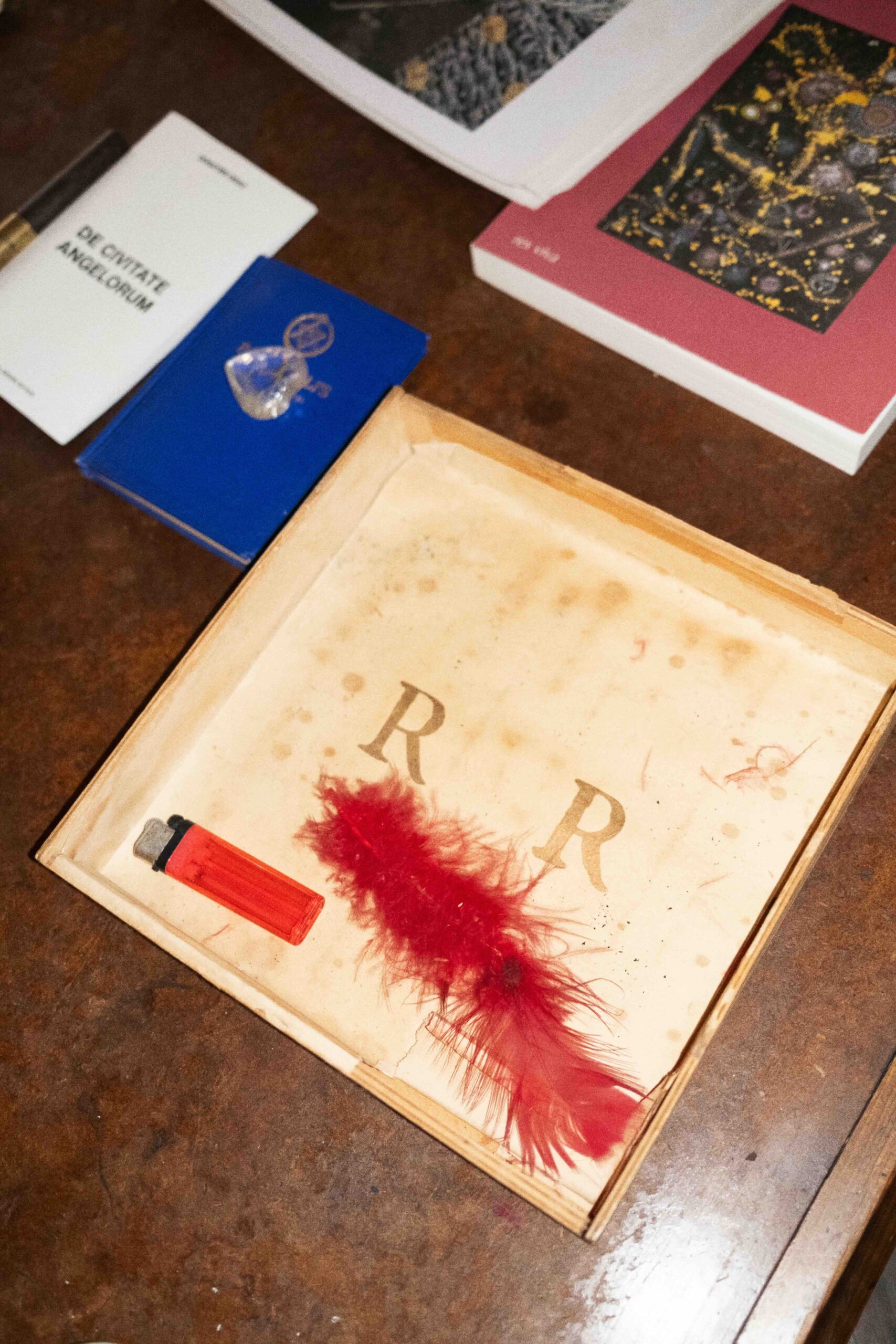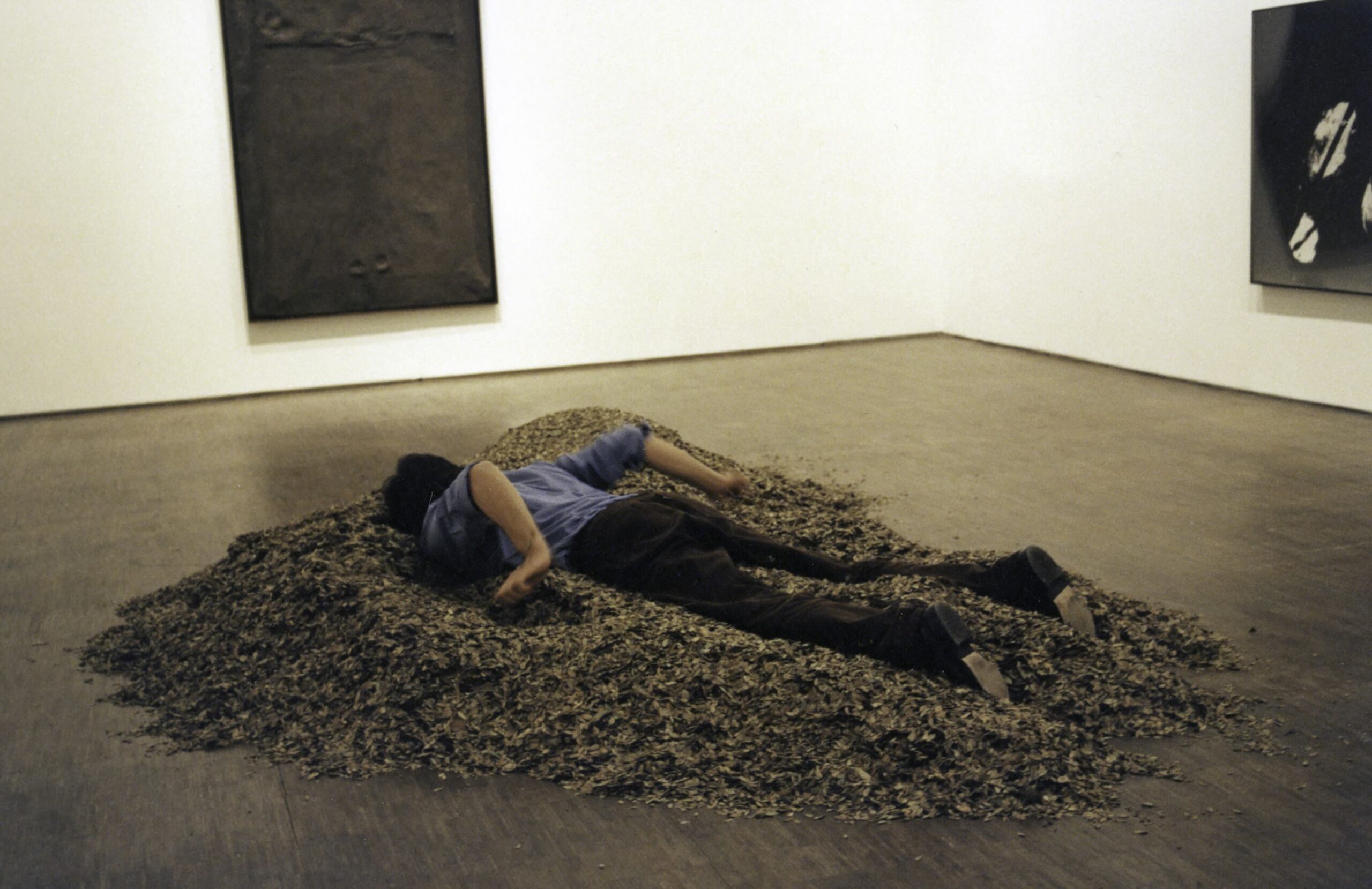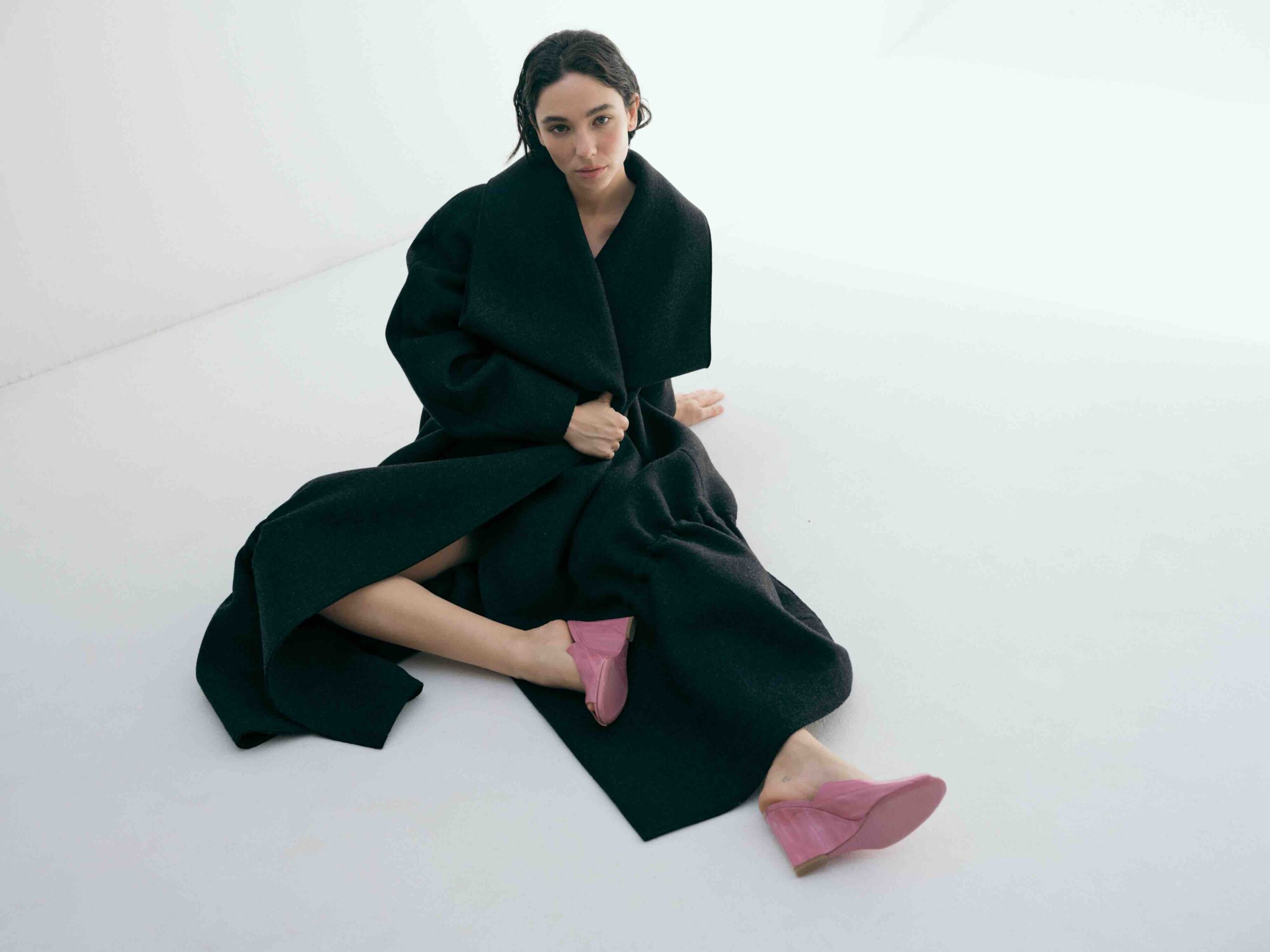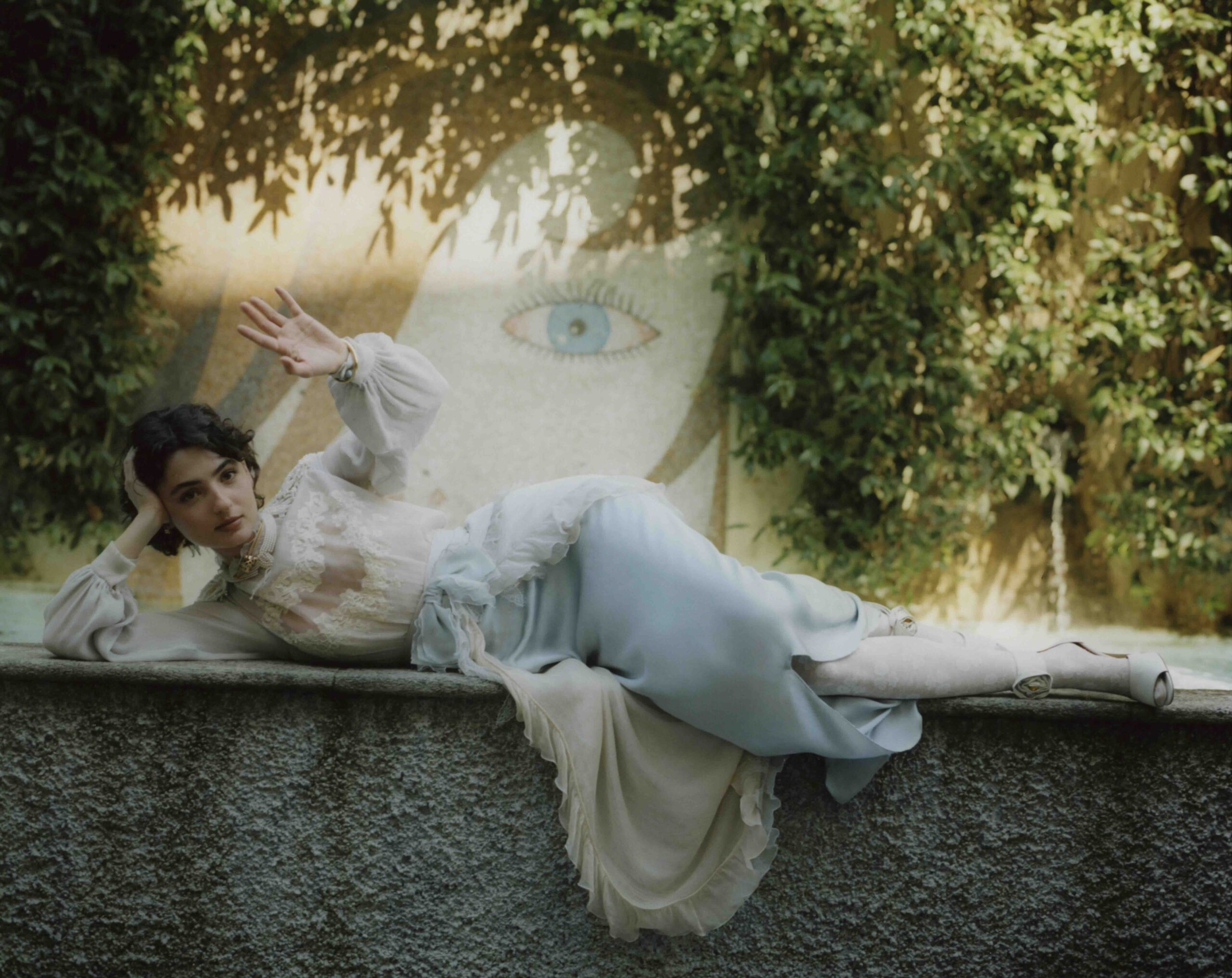New York, December 8th, 2024
Francesco Clemente in conversation with Bill Powers
FC I am uncomfortable talking about any tradition as though it happened uncontaminated, in a vacuum. I think everything occurs in the moment it is misunderstood, mistranslated, when there is an error in transmission.
Do you believe in alternative energies like the power of the moon? They say the best time to tour the Taj Mahal is under a full moon when the white marble glows.
FC See, I don’t believe that mysticism is just a more refined form of entertainment. My interest in contemporary traditions and what it is to be a mystic has to do with making the correct gesture, to say a correct word, to entertain a correct thought.
Only in the last year have I come to identify the presence of God living inside me as intuition. And my job is to clear away the white noise of daily life so I can hear that voice.
FC I’m fond of something Allen Ginsberg said, “God is so beautiful it doesn’t matter whether it exists or not.”
I believe it was Allen Ginsberg paraphrasing Ezra Pound who said that the problem with poetry is it’s not singing and the problem with singing is it’s not dancing. The call-to-arms in that statement is about adding vitality and engagement. Lyricism at full volume.
FC I’m reluctant to think Allen would say something like this, because he really was not a seducer. This quote is very seductive and leads you nowhere, which is ultimately where we all want to be led.
We want to be guided towards a beautiful dead end?
FC When we are taken by surprise — yes — but there are our better selves which take over later. The first impulse is “please take me nowhere”.
Elaine May, who did a lot of improve early in her career, said “When in doubt, seduce!”
FC I’m going to remember that the next time I am at a loss for words. Her suggestion is much better than Kissinger’s advice: “Whenever you have a problem you can’t solve, enlarge it!” How many people died as a result of his axiom? I prefer another quote from Ginsberg about poetry, “Maximum meaning with minimal amount of words”.
“I believe in the redemptive value of form so if you examine even the most tragic situation thru the prism of form you are all of a sudden somehow immune to the suffering. Because you see the beauty of it, the completion of it.”
Your paintings have a romance to them, but do you feel more kinship to the notion of longing?
FC Longing is a very Mediterranean emotion, don’t you think? There is poetry from Ancient Egypt which is all about longing and this exaggerated awareness of mortality, without redemption, without an after-life.
I prefer to embrace the concept of sorrow over grief. Sorrow feels like it contains a greater potential for future creativity more so than sadness.
FC I don’t think any painting has ever been made in sorrow. They can be dealing with sorrow, but are always made in a state of joy.
I remember John Currin wishing that angst could be good motivation for him in the studio. He is trying to have a dialogue with the Old Masters which I think serves him as fuel sometimes.
FC I prefer The Middle Ages to the Renaissance. I prefer any period or cloud of signifiers which is unsentimental. Past the 14th Century, Western civilisation entered a period of sentimentality and sentimentality is the beginning of nihilism.
Is that because inherent in sentimentality is some measure of regret?
FC No, it’s just that sentimentality doesn’t have enough form. I believe in the redemptive value of form so if you examine even the most tragic situation thru the prism of form you are all of a sudden somehow immune to the suffering. Because you see the beauty of it, the completion of it.

You were friendly with Rene Ricard who taught me the difference between Christ Triumphant and Christ Defeated in religious painting.
FC Rene was extremely knowledgeable about a many number of things: art history, flowers, jewellery, and — the cherry on the cake — he knew about British aristocracy.
You own a box on the top of which Rene wrote “Inside lies the heart of Rene Ricard” and then when you open it, there’s almost nothing in there.
FC Inside is a bright red lighter and a bright red feather. It’s about fire and air and weightlessness. The potential for elevation, a very layered image.
Is mystery something you think about?
FC In the case of Rene’s object is what should happen always when you make a painting, somehow you go past the materials. The box itself is a very uncharismatic thing, the lighter is a piece of plastic and the feather is a feather. But the conjunction of the three creates a story.
I’m recalling how Peter Schjeldahl said the artist gives us the answer and it is incumbent on the audience to figure out the question.
FC I’m fascinated by rules and regulations. I’m fascinated by what happens at the edge of the canvas or when two elements touch. I’m fascinated by the luminosity of the surface. Those are mysterious but they are also imperatives — because a painting which doesn’t have light… I’m not sure how long that painting can last.
How do you capture light?
FC I don’t paint at night. I don’t paint with artificial light. Everything I make is me sweeping the floor rather than building in the room.

“I’m fascinated by rules and regulations. I’m fascinated by what happens at the edge of the canvas or when two elements touch. I’m fascinated by the luminosity of the surface. Those are mysterious but they are also imperatives — because a painting which doesn’t have light… I’m not sure how long that painting can last.”
Read the full interview on Muse February Issue 65.









